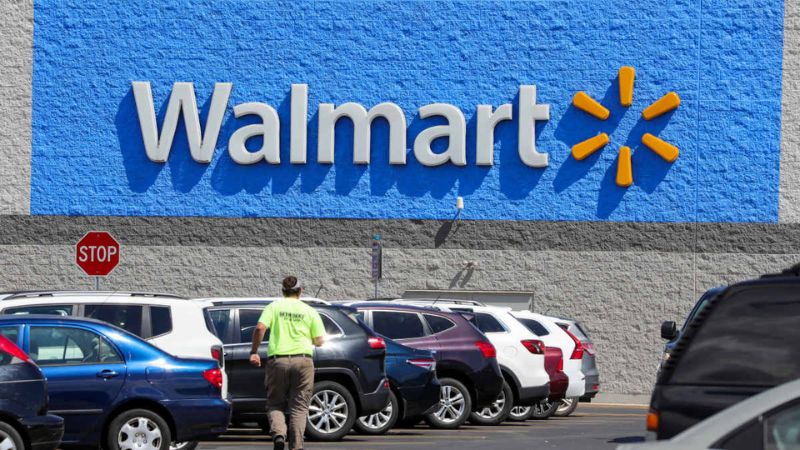Walmart recently made waves in the retail industry by announcing a significant increase in the price of one of its key services. This move has sparked debates and discussions among consumers, analysts, and experts alike, raising questions about the implications for both Walmart and its customers. Let’s delve into the details and explore what this price hike means for the retail giant and its patrons.
Background of the Service

The service in question is Walmart’s grocery delivery and pickup service, which has gained immense popularity in recent years. This service allows customers to order groceries online and either have them delivered to their doorstep or pick them up at a designated Walmart location. It’s a convenient option that has attracted a large customer base seeking time-saving and hassle-free shopping experiences.
Previous Pricing Structure
Until now, Walmart had maintained competitive pricing for its grocery delivery and pickup service. The fees were generally affordable, making it an attractive choice for budget-conscious shoppers. This pricing strategy helped Walmart stay competitive in the rapidly evolving e-commerce landscape, where convenience and affordability are paramount.
The Price Increase
However, Walmart’s recent decision to raise the price of this service has caught many consumers off guard. The price hike, which varies based on location and service level, has led to mixed reactions among customers. Some have expressed disappointment, citing concerns about added expenses in an already challenging economic climate. Others have adopted a more understanding stance, acknowledging the rising costs associated with maintaining such services.
Impact on Customers

For Walmart’s customers, especially regular users of the grocery delivery and pickup service, the price increase may necessitate budget adjustments. Some may opt to reduce the frequency of using this service or explore alternative options to save on expenses. Additionally, this move could influence consumer perceptions of Walmart’s overall value proposition, prompting comparisons with competitors’ offerings.
Strategic Considerations
From Walmart’s perspective, the decision to raise prices likely stems from strategic considerations. As the retail landscape evolves and competition intensifies, companies must balance offering competitive prices with maintaining profitability. Factors such as inflation, supply chain challenges, and investments in technology and infrastructure all play a role in shaping pricing strategies.
Customer Communication

Communication is key in navigating price changes smoothly. Walmart has been proactive in communicating the reasons behind the price increase to its customers. Clear communication helps manage expectations and fosters transparency, mitigating potential backlash and building trust with consumers.
Future Outlook
Looking ahead, the impact of Walmart’s price increase on its market position and customer loyalty remains to be seen. Competitors may seize the opportunity to differentiate their own services or pricing, while Walmart will continue to assess market dynamics and consumer preferences to stay competitive.
In conclusion, Walmart’s decision to raise the price of its grocery delivery and pickup service reflects the complex dynamics of the retail industry. While it may present challenges for some customers in the short term, it also underscores the evolving strategies that companies employ to navigate a competitive landscape. As consumers adapt to these changes, the retail sector will continue to evolve, driven by innovation, customer preferences, and economic factors.



